The most popular screenshot APIs are usually implemented over HTTP. ScreenshotOne is one of them.
Let’s send an example request to ScreenshotOne.com API to generate a screenshot of Apple’s website:
GET https://api.screenshotone.com/take?url=https://apple.com&access_key=<sign up to get your access key>The resulting image is:
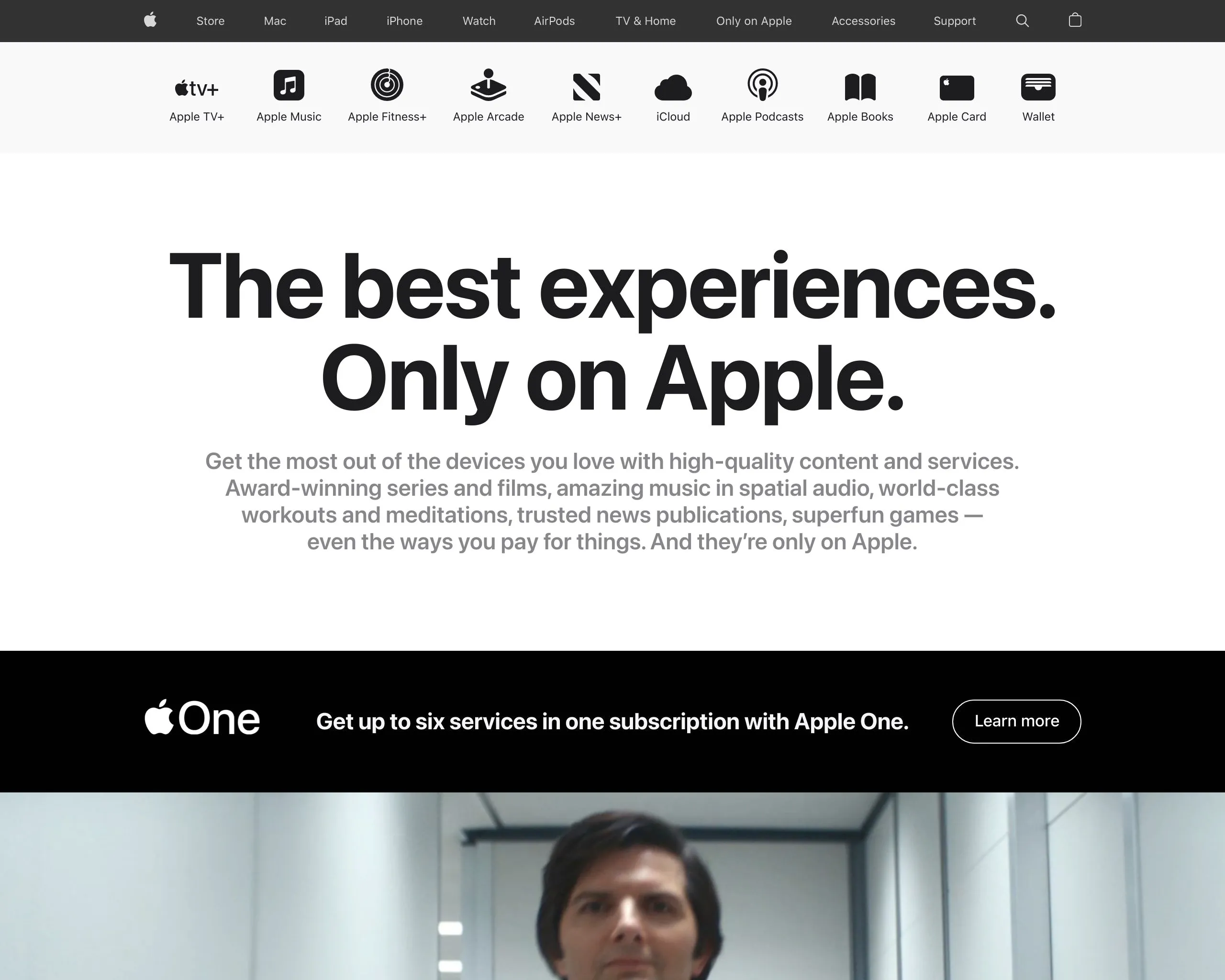
In addition to that, you can render HTML as an image:
GET https://api.screenshotone.com/take?html=<h1>Hello, world!</h1>&access_key=<sign up to get your access key>Or even render Markdown (# Hello, world!) as an image too:
GET https://api.screenshotone.com/take?markdown=%23%20Hello%2C%20world%21&access_key=<sign up to get your access key>The resulting image is the same for both requests:
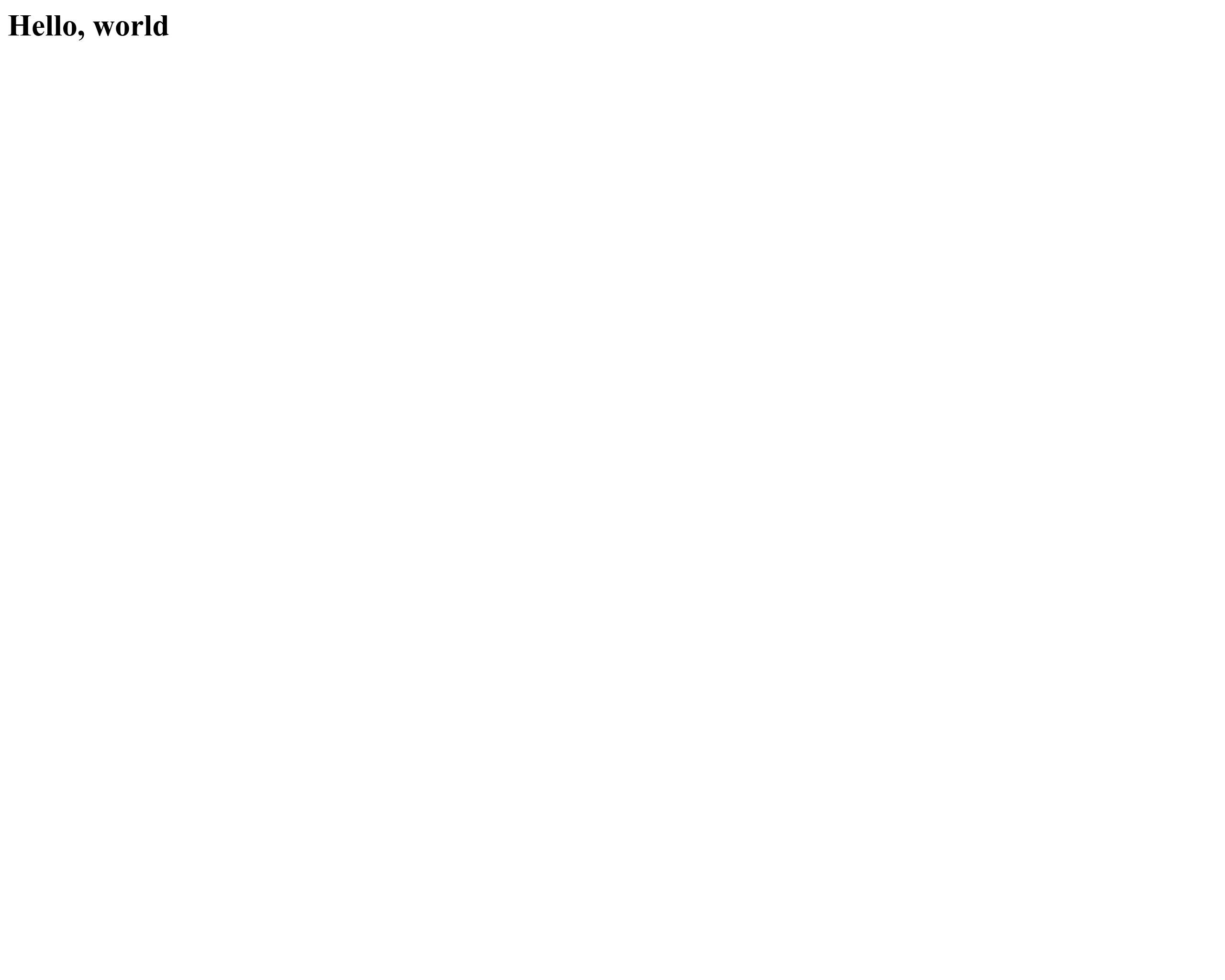
Use cases
There is a ton of ways how screenshot API can be used. Imagination is the only limitation.
Customers of ScreenshotOne use it for:
- generating Open Graph images;
- automating and generating marketing visuals;
- taking website screenshots to share them in website directories; and many more.
Alternatives to a screenshot as a service
One of the most popular alternatives to screenshot APIs is using Puppeteer to render websites and HTML.
Puppeter is a Node library that interacts with browsers that support Chrome DevTools Protocol (CDP). It is not only Chrome and Chromium, but Firefox also has partial support of CDP.
When to prefer a screenshot API to alternatives?
In case if you don’t have time and energy to invest in developing screenshot features for your apps, it is better to use a screenshot API and save time.
What is the best screenshot API?
There is a list of the best screenshot APIs compared by features and by pricing.
